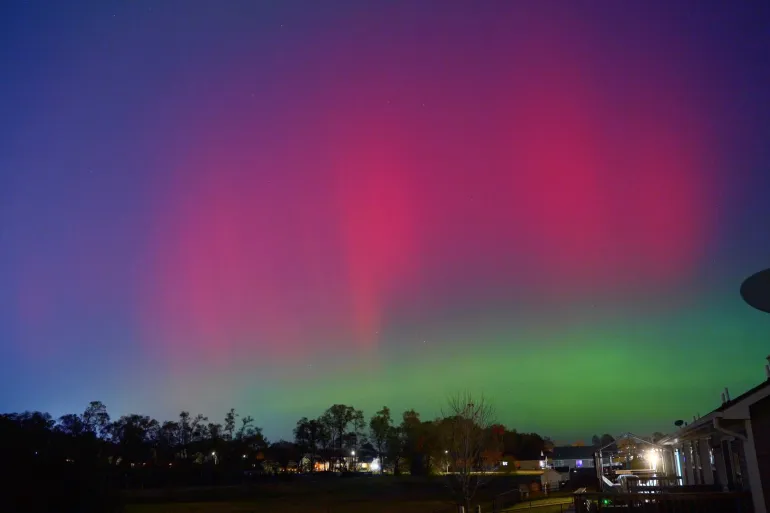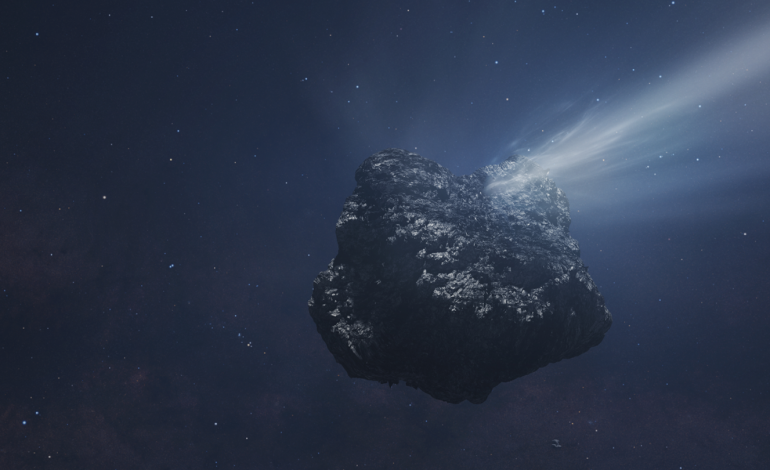Scientists have unveiled a groundbreaking discovery: the largest comet ever observed passing through deep space, dazzling astronomers across the globe.
The celestial body—named C/2025 G1—was first detected by a team using a combination of ground-based telescopes and space observatories. Measuring an astonishing 200 miles in diameter, the comet’s nucleus surpasses any previously recorded size by a wide margin.
Lead researcher Dr. Emma Sanders of the International Comet Observation Group (ICOG) explained the significance: “This object is truly a cosmic giant. Its size challenges our current understanding of comet formation and suggests that the early solar system may have produced far more enormous bodies than we ever imagined.”
Initial observations show that C/2025 G1 is a “hyperactive” comet, shedding material at an unprecedented rate as it nears the Sun. The enormous tail stretches several million miles and emits bright jets of gas and dust, visible even through modest backyard telescopes. Scientists plan to study the outgassing patterns to uncover clues about the composition and internal structure of this ancient traveler.
NASA’s upcoming Comet Chaser mission is being reconfigured to include a mid-course flyby of C/2025 G1, scheduled for late 2027. The mission aims to collect high-resolution imagery and analyze particles ejected from the comet’s surface.
“We have a once-in-a-lifetime opportunity to sample a comet of this scale directly,” said NASA mission director James Patel.
Astronomers also believe that C/2025 G1 could provide valuable insights into the solar system’s origins. Because comets are considered frozen relics from the formation era, studying such a massive specimen may help illuminate processes that shaped the planets and other celestial bodies. Its size and activity may even reshape prevailing models of how planetesimals—small building blocks of planets—evolved.
For skywatchers, C/2025 G1 will become increasingly visible over the coming months. ICOG predicts the comet will reach peak brightness in November 2025, when it will likely be visible near the horizon just before dawn. Viewing tools, apps, and local astronomy clubs are expected to guide the public in safely observing the rare event.
This discovery marks a thrilling moment in space science: a cosmic visitor larger than any seen before has emerged from the depths of deep space, promising to broaden our understanding of the ancient universe.
With input from Fox News










The latest news in your social feeds
Subscribe to our social media platforms to stay tuned